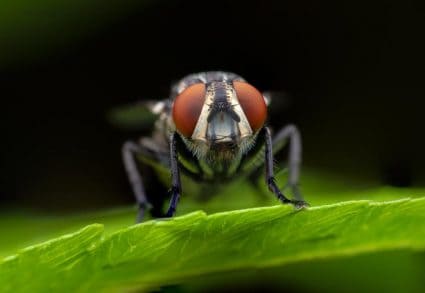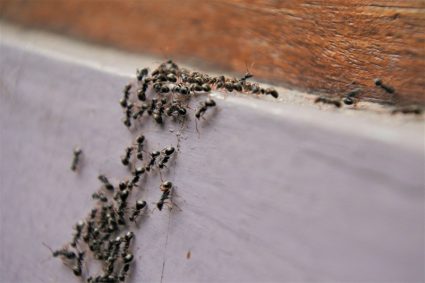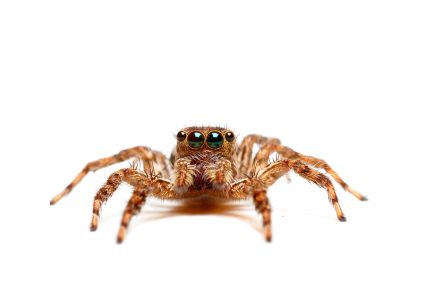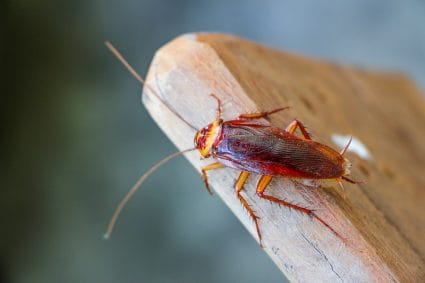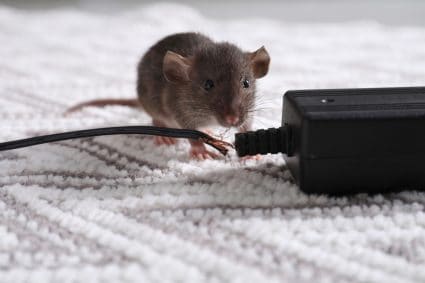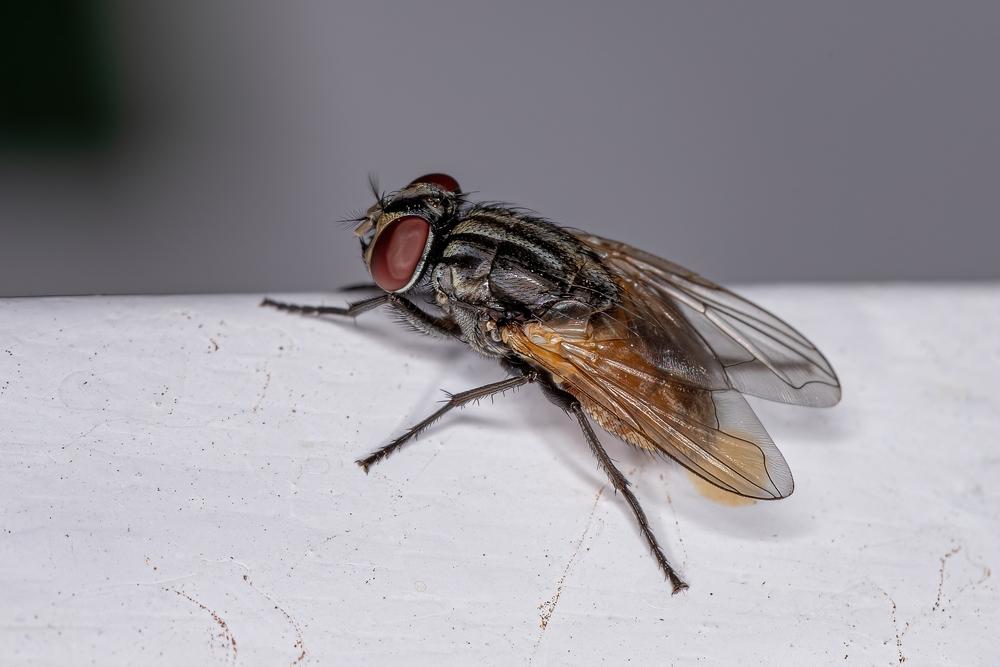
Buffalo gnats, also known as black flies or turkey gnats, are small, dark flies that can cause significant discomfort and harm to people and animals. These insects are attracted to carbon dioxide, moisture, and dark moving objects, making humans and animals prime targets. This comprehensive guide will provide you with detailed information on how to repel buffalo gnats effectively.
To repel buffalo gnats, consider using natural remedies such as essential oils, vanilla extract, light-colored clothing, and fans. Commercial products containing DEET or permethrin can also be used. Additionally, wearing long-sleeved shirts, long pants, and a hat with netting, and avoiding infested areas during peak activity times can help. If the infestation becomes unmanageable, consider seeking help from professional pest control services.
Understanding Buffalo Gnats
Buffalo gnats are small, dark flies from the Simuliidae family. They have a humpbacked appearance, giving them their name. These gnats are typically found in late spring and early summer, breeding in fresh flowing water and dispersing tens or hundreds of miles from their breeding grounds. Their bites can cause itchiness, pain, and severe irritation in animals, leading to potential fatalities in livestock and poultry due to blood loss, shock, and suffocation.
Why Repel Buffalo Gnats?
Buffalo gnats are more than just a nuisance. Their bites can cause painful swelling and itching, and in some cases, allergic reactions can be severe. For animals, heavy swarms can lead to stampedes, trampling, and even death. Hence, it is crucial to implement measures to repel these pests effectively.
Natural Remedies for Buffalo Gnat Infestations
Several natural remedies can help control buffalo gnats. Here are a few:
- Essential Oils: Oils such as peppermint, geranium, citronella, lemongrass, and eucalyptus can be used as natural gnat repellents. These can be diluted in a spray bottle with water and applied to the skin or sprayed in gnat-prone areas.
- Vanilla Extract: Some anecdotal evidence suggests that vanilla extract can help repel buffalo gnats. Mix equal parts of pure vanilla extract and water and dab it on your skin.
- Light-Colored Clothing: Buffalo gnats are attracted to dark clothing. Wearing light-colored clothing can help keep them away.
- Cover Up: Wearing long sleeves, pants, and head nets can help reduce exposure to biting gnats.
- Fans: Buffalo gnats have difficulty flying in the wind. Using fans while outdoors can help deter them.
- Apple Cider Vinegar Gnat Trap: A mixture of apple cider vinegar, dish soap, and sugar can attract and drown gnats.
Commercial Buffalo Gnat Repellents
There are several commercial products available that can help repel buffalo gnats:
- DEET-containing repellents: While DEET is more effective against mosquitoes, it still provides some protection against buffalo gnats.
- Permethrin-containing repellents: These are labeled for application only to clothing and provide some protection against gnats.
- Buggins Insect Repellent: This DEET-free, plant-based repellent features a soft vanilla scent and a proprietary blend of essential oils that repel gnats.
- Ranger Ready Picaridin 20% Insect Repellent: This repellent provides up to 8 hours of protection against gnats.
Preventive Measures
To avoid attracting buffalo gnats, take the following preventive measures:
- Avoid infested areas during peak activity times (early morning and dusk).
- Wear long-sleeved shirts, long pants, and a hat with netting to keep flies off the head and neck.
- Choose light-colored clothing, as buffalo gnats are more attracted to dark colors.
- Use fans while outdoors to create a breeze.
- Be cautious with DEET-containing repellents, as they may be less effective against buffalo gnats.
Remember, controlling buffalo gnat populations is challenging due to strict regulations on applying pesticides to moving bodies of water and the potential negative effects on aquatic life. Therefore, focusing on personal preventive measures is the best approach to avoid attracting these pests.
When to Consider Professional Pest Control
If the infestation persists or becomes unmanageable, consider professional pest control services. They can create a customized treatment plan for your specific situation and help prevent future infestations. It’s essential to consult a professional if you notice suspicious lesions, increased restlessness, or a drop in egg production in your poultry.
In conclusion, while buffalo gnats are a nuisance and potential health risk, there are several effective methods to repel them. Both natural remedies and commercial products can provide relief and protection. By understanding these pests and implementing preventive measures, you can enjoy your time outdoors without the discomfort and potential harm caused by buffalo gnats.
Frequently Asked Questions
What is the lifespan of buffalo gnats?
Buffalo gnats typically live for about 2-3 weeks. However, their breeding cycle can result in new generations appearing within this timeframe, making it seem as if the same gnats are persisting for longer.
Are buffalo gnats dangerous to humans?
While buffalo gnats are not typically dangerous to humans, their bites can cause discomfort and irritation. In some cases, individuals may have an allergic reaction to the bites, which could require medical attention.
Can buffalo gnats transmit diseases?
Buffalo gnats are not known to transmit diseases to humans. However, they can transmit a parasitic nematode to birds, which can be fatal.
What times of day are buffalo gnats most active?
Buffalo gnats are most active during the early morning and dusk.
Can buffalo gnats bite through clothing?
Yes, buffalo gnats have strong mandibles that can bite through thin clothing. It’s best to wear thick, tightly woven fabrics to minimize bites.
Do buffalo gnats infest homes?
Buffalo gnats typically do not infest homes. They prefer outdoor environments, particularly near bodies of flowing water where they breed.
How long do buffalo gnat bites last?
Buffalo gnat bites can cause discomfort for several days. The swelling and itching usually subside within a week, but this can vary depending on the individual’s reaction.





